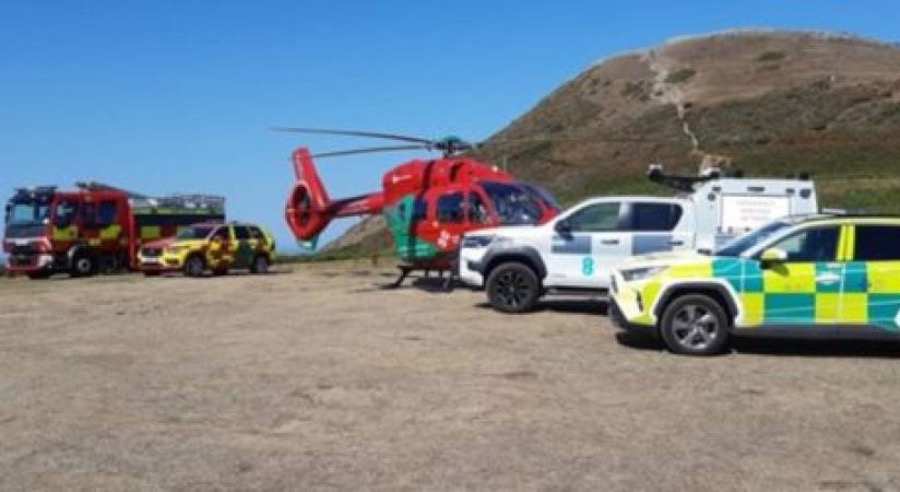
The Emergency Services Mobile Communications Programme (ESMCP), led by the UK Home Office, is undertaking a transformative mission: to replace the legacy Airwave system with the next-generation Emergency Services Network (ESN). This ambitious programme is not merely a technical upgrade - it is a strategic overhaul of how emergency services communicate, collaborate, and respond across the UK.
Airwave, based on TETRA technology, has served the UK’s emergency services for decades. However, its limitations in data capacity and adaptability have become increasingly apparent. ESN, built on commercial 4G and 5G infrastructure, introduces a smartphone-based solution that emulates push-to-talk radio while enabling rich data and video capabilities. At full operating capability, ESN will support over 300,000 devices across handheld, vehicle, aviation, and control room platforms.
The programme’s mission is clear: deliver ESN, transition users, and safely shut down Airwave. This clarity has unified stakeholders across government, industry, and the emergency services.
ESN is being delivered through two major contracts: User Services, led by IBM, and Mobile Services, delivered by BT EE. The user services encompass device management, control room integration, and mission-critical applications (MCX), while mobile services focus on network coverage and resilience.
Key technological innovations include:
Mission Critical Communications (MCX): A 3GPP-standard application enabling voice, data, and video over LTE.
Device Diversity: Users will access ESN through rugged smartphones, feature phones, and fixed vehicle devices.
Resilience Engineering: ESN infrastructure includes multi-source power (mains, solar, generators) and dual connectivity (fibre and microwave), designed to meet five-day operational standards during outages.
Coverage Expansion: Over 1,000 new masts are being deployed to match and exceed Airwave’s reach, including vertical coverage up to 10,000 feet and maritime reach of 12 nautical miles.
ESN is more than a communications upgrade - it is a national capability enabler. The programme supports interoperability across 107 user organisations, including police, fire, ambulance, and other public safety bodies. It also contributes to broader government missions, such as rural connectivity through the Shared Rural Network initiative.
The programme’s delivery model is notably collaborative. A flat organisational structure allows direct engagement with ministers, suppliers, and users. Weekly joint leadership forums with IBM and BT EE foster shared decision-making and risk management.
Though not a military programme, ESN shares deep synergies with Defence. Many programme leaders, including both speakers, are former Royal Signals officers. Their experience in capability integration, security, and mission command has proven invaluable.
The lecture highlighted the value of military skills in civil service roles, particularly in areas such as cyber security, programme leadership, and operational resilience. The RSI’s role in fostering professional dialogue and supporting service leavers into such roles was underscored.
ESN is currently in its build phase. Deployment dates will be promulgated in due course, starting with the Emergency Services organisations. The programme is designed to be evergreen - capable of evolving with technological advances and user needs.
Future enhancements may include:
• Video Integration: For body-worn cameras, medical consultations, and aerial surveillance.
• Satellite Backhaul and LEO Integration: To address coverage in remote or obstructed areas.
• Dynamic Mode Operations: Ensuring continuity in tunnels and other challenging environments.
The Emergency Services Network Programme represents a landmark in UK public safety communications. It blends cutting-edge technology with mission-driven delivery, underpinned by a collaborative ethos and strategic foresight. As the programme progresses, it promises not only to enhance emergency response but also to strengthen national resilience and community connectivity.